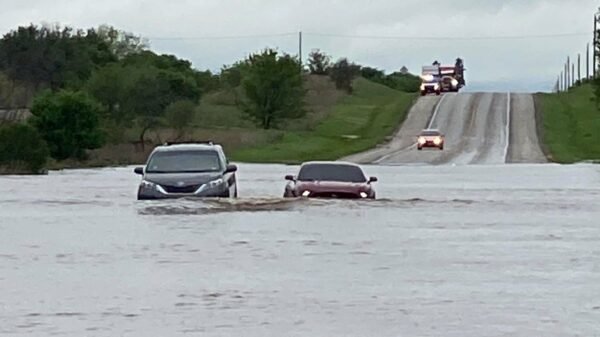Delta Airlines Aircraft Overturns During Landing at Toronto Pearson International Airport
Incident Overview
On February 17, 2025, a Delta Airlines Bombardier CRJ900LR, operating as Flight 4819 from Minneapolis–Saint Paul International Airport, experienced a severe accident upon landing at Toronto Pearson International Airport. The aircraft flipped onto its roof during the landing process, resulting in injuries to several passengers and crew members.
Flight Details
Flight 4819 departed from Minneapolis with 76 passengers and four crew members on board. The journey proceeded without reported issues until the final approach into Toronto, where adverse weather conditions posed significant challenges.
Weather Conditions at Landing
At the time of the incident, Toronto was experiencing gusty winds and residual snow from a recent storm. Wind speeds were recorded at approximately 32 mph, with gusts reaching up to 40 mph. These conditions contributed to a complex and hazardous landing environment.
Sequence of Events
As the aircraft approached Runway 23 around 2:15 p.m. EST, it encountered turbulence and instability. Upon touchdown, the plane made hard contact with the runway, causing it to skid sideways. The momentum and force of the skid led the aircraft to flip over, coming to rest inverted on the runway.
Immediate Aftermath
Following the overturn, emergency protocols were activated promptly. Passengers and crew evacuated the aircraft amidst visible smoke and potential fire hazards. Eyewitness accounts describe a scene of urgency and confusion as individuals sought to exit the overturned plane safely.
Injuries Sustained
Emergency services reported that 18 individuals sustained injuries requiring medical attention. Among them, three passengers, including a child, were transported to local hospitals with critical but non-life-threatening injuries. The remaining injured parties were treated for less severe conditions.
Passenger Experiences
Survivors recounted harrowing experiences during the crash. One passenger described the aircraft hitting the ground “super hard,” followed by a sensation of the plane going “sideways” before flipping over. Another individual noted the immediate smell of jet fuel and the urgency to evacuate as quickly as possible.
Operational Impact on Airport
The incident led to a temporary suspension of operations at Toronto Pearson International Airport. Both arrivals and departures were halted to facilitate emergency response efforts and ensure passenger safety. Several incoming flights were diverted to nearby airports, including Montréal-Trudeau and Ottawa Macdonald-Cartier International Airports.
Aircraft Specifications
The aircraft involved was a 15-year-old Bombardier CRJ900LR, tail number N932XJ. This regional jet is designed for short to medium-haul flights and is commonly used in Delta’s regional operations. The CRJ900LR variant offers extended range capabilities compared to its base model.
Preliminary Investigations
Investigative teams from the Transportation Safety Board of Canada, alongside the U.S. National Transportation Safety Board and the Federal Aviation Administration, have commenced a thorough examination of the incident. Initial assessments suggest that the combination of challenging weather conditions and potential mechanical factors may have contributed to the accident.
Historical Context
This event marks a significant incident in Delta Airlines‘ operational history. While the airline maintains a strong safety record, this crash underscores the inherent risks associated with aviation, particularly under adverse weather conditions.
Response from Delta Airlines
Delta Airlines has expressed deep concern regarding the incident. The airline has committed to full cooperation with investigative authorities and has initiated its internal review processes to understand the factors leading to the crash.
Safety Protocols and Training
In light of the accident, discussions have emerged about the adequacy of current aviation safety protocols and pilot training programs, especially concerning operations in severe weather. Industry experts advocate for continuous evaluation and enhancement of training curricula to address such challenges effectively.
Passenger Rights and Compensation
Affected passengers are being provided with medical assistance and support services. Delta Airlines has indicated its intention to offer compensation in accordance with international aviation regulations and is facilitating claims processes for those impacted.
Future Preventative Measures
The aviation community anticipates that findings from the ongoing investigation will inform future safety enhancements. Potential areas of focus include improved weather assessment protocols, advancements in aircraft design to withstand extreme conditions, and refined emergency response strategies.
Conclusion
The Delta Airlines crash at Toronto Pearson International Airport serves as a poignant reminder of the complexities and risks inherent in air travel. The incident has prompted a comprehensive review of safety measures, aiming to prevent similar occurrences in the future and to reinforce the aviation industry’s commitment to passenger safety.



































